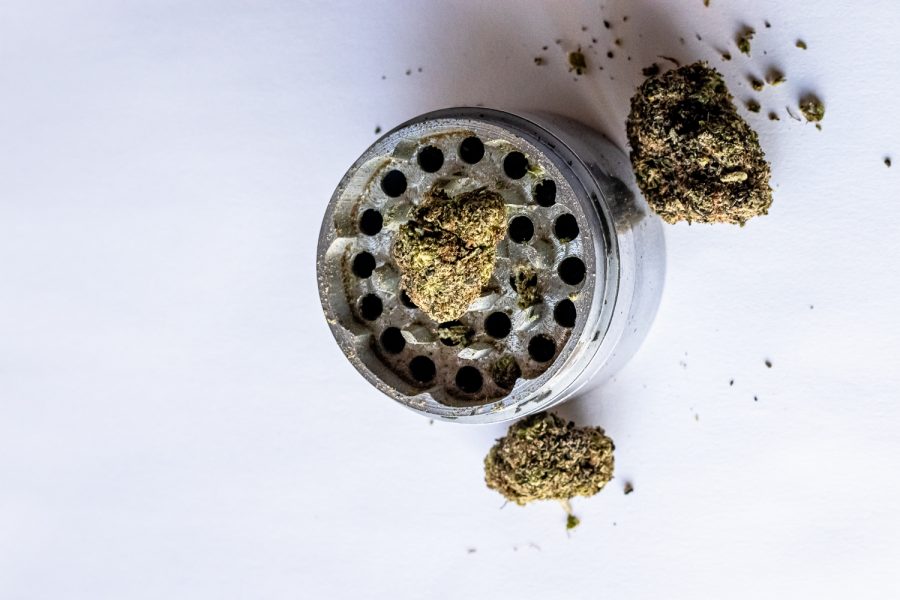Recreational Drugs: Harms, Benefits, and the Truth
December 12, 2022
In 2016, California voted to legalize the recreational use of cannabis. Following the trend of successful ballot measures from states like Alaska two years before and Arizona two years after, the United States opened the flood- gates for the cannabis industry to thrive. Cannabis companies like Aurora, SNDL and Cronos have gone public on U.S. stock markets, cannabis dispensaries have taken prime real estate on main streets, and states like California will no longer criminal- ize citizens for possessing 1 ounces of cannabis for personal use. What, then, has this meant for the harms and benefits of recreational drugs to our country? Why use depressants, stimulants and hallucinogens?
Recreational drugs do not just refer to previously illicit substances, but are lawful psychoactive drugs used regularly by a populace. The National Institute of Health lists various drugs, from heroin and cocaine to alcohol and marijuana as mind-and-body-altering substances. The prevalence of recreational drugs in society is strong before even consider- ing the rise of legalized cannabis. Alcohol and caffeine are in many different products made by large corporations like Anheuser-Busch and Starbucks.
Even so, the NIH calls for caution when using recreation- al drugs. “Drug addiction is a chronic disease. That means it stays with you for a long time, even if you stop using for a while,” NIH states. This is the major risk that comes with recreational drug usage.
A 2013 study published in the Journal of Psychopharmacol- ogy asked 5691 participants to rate the negatives and positives of drugs like alcohol and cannabis based on risks and benefits. The Drug Enforcement Administration lists drugs on a series of schedules from strongest, I, to weakest, V, based on how much a user could depend on or abuse one, plus medical benefits.
From the perceptions of the study’s participants, what the DEA lists as Schedule I drugs, including LSD and cannabis, do not invoke the same magnitude of harm as some Schedule II drugs like cocaine and painkillers. It should be noted that over half of the participants were young, white, educated Americans. What, then, would the benefits of these drugs be?
The same study covers the positives of drugs based on 10 categories, such as sociability, enjoyment, state of mind, pain, depression and anxiety. Participants were told to match each drug with whichever category it benefits. Cannabis, a Schedule I drug, is rated to be not only the least harmful of drugs in this list, but also the most beneficial for pain relief and enjoyment. The DEA lists cannabis as a more harmful drug than painkillers, although this study finds the opposite. Where did this contradiction come from?
The University of Georgia published a guide to the “History of Marijuana Regulation in America.” In the aftermath of the Mexican Revolution of 1910, immigrants came to America and brought cannabis, at the time still legal to produce in the U.S. and used in pharmaceutical remedies, with them. “The drug became associated with the immigrants and the fear and, in turn, prejudice about the newcomers became associated with marijuana,” it reads. This growing connection led to numerous bills passed by states and the federal gov- ernment in the 1920s and 1930s banning the sale and use of marijuana in a war on drugs.
Public perception turned on the plant and destroyed the industry for decades. During that time period, the painkiller industry has grown to include much more harmful drugs like Demerol and Oxycontin that achieve similar benefits. “The global analgesics market was valued at $26.7 billion in 2020, and is projected to reach $50.7 billion by 2030,” according to Allied Market Research. The history and perception of drugs in the U.S. may have made the DEA’s drug scheduling as questionable as they are today.
The use of recreational drugs is ultimately up to the user’s knowledge of drugs and their motivations. One might say that using them makes them feel relieved, or that they enjoy using them. Addiction to these drugs is still a reality for many, so caution is necessary when using any of these substances.
The history of the United States and its deep fear of immigration may tie directly into why it has taken until 2016 for recreational cannabis to no longer be heavily criminalized. As the survey concluded, the classification of cannabis by the DEA seems to be arbitrary when the harms are considered quite low and the benefits exceptionally high. If users educate themselves on the detailed histories and scientific studies of drugs, a more informed populace can make better decisions and could see the true harms and benefits of drugs.


